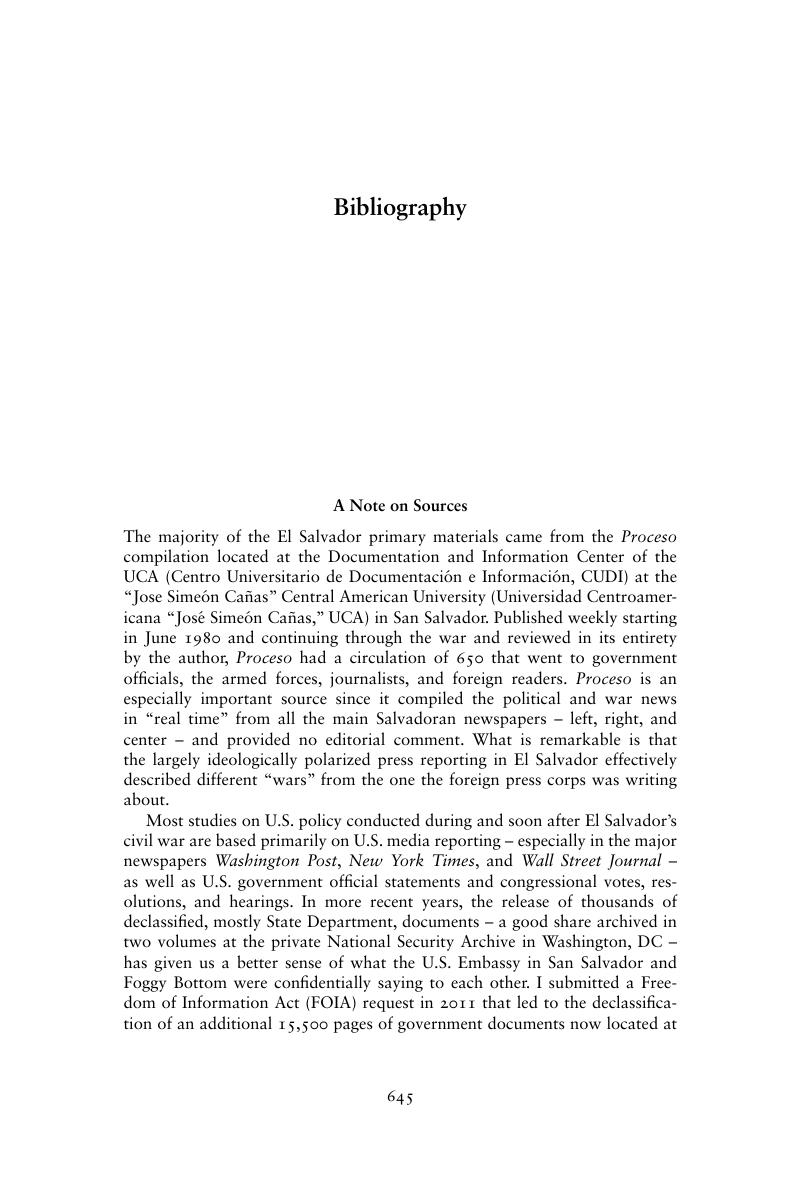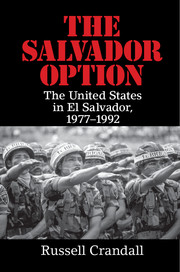Bibliography
Published online by Cambridge University Press: 05 June 2016
Summary

- Type
- Chapter
- Information
- The Salvador OptionThe United States in El Salvador, 1977–1992, pp. 645 - 676Publisher: Cambridge University PressPrint publication year: 2016

